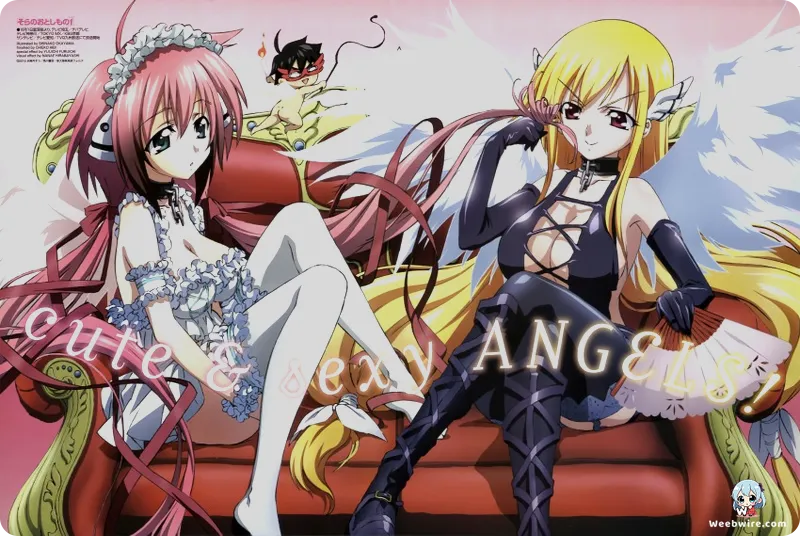Heaven's Lost Property: Forte: Unpacking the Surprising Depth of a Genre-Bending Anime

In the expansive world of anime, some titles uniquely blend disparate genres into a truly memorable experience. Such is the case with Heaven's Lost Property: Forte, the acclaimed second season of the beloved Heaven's Lost Property saga. Far from being solely defined by its fan service and protagonist Tomoki Sakurai's pursuit of a 'perverted paradise,' Forte masterfully combines uproarious slapstick comedy, heartfelt romance, profound sci-fi elements, and its signature ecchi humor, offering layers of unappreciated depth beneath its boisterous exterior.
Deepening the Lore and Character Arcs
Forte significantly deepens the established lore, continuing Tomoki's adventures with his growing Angeloid companions. The series excels in character development, particularly for its non-human cast.
Ikaros: Beyond the Stoic Facade
Ikaros, the powerful Type Alpha Angeloid, transcends her stoic demeanor; her endearing, almost childlike obsession with watermelons subtly humanizes her, showcasing her innocent desires and slow integration into human emotions. Her emotional growth, especially her burgeoning feelings for Tomoki, forms one of the series' most touching arcs, proving even a powerful weapon can find joy in simple earthly pleasures.
Nymph: The Tsundere's Evolution
Nymph, the Type Beta electronic warfare Angeloid, evolves from a cold antagonist into a quintessential tsundere. Despite her sharp tongue, she harbors deep affection and loyalty for her friends. Her small stature, a result of suppressed immense power, adds vulnerability to her struggles, while her technological prowess often provides crucial plot resolution.
Astraea: Strength and Simplicity
Astraea, the Type Delta close-combat Angeloid introduced in Forte, provides compelling dynamics. Known for her immense strength and impenetrable Aegis shield, she's also famously simple-minded, leading to hilariously literal misinterpretations. This contrast fuels much of the season's comedy. Yet, Astraea's arc delves deeper as she grapples with identity and purpose, demonstrating surprising self-sacrifice. Her internal conflict as a 'defective' Angeloid unable to fly or process complex emotions deeply resonates, highlighting themes of self-acceptance and belonging.

Animation and Genre Harmony
AIC A.S.T.A., the animation studio, played a crucial role, balancing fluid action sequences with exaggerated comedic expressions and detailed fan service. Their distinctive style and meticulous attention to character design ensured each Angeloid felt unique. Beyond characters, the series' genre blend is a highlight. While an ecchi harem comedy, it consistently weaves in profound themes and intricate sci-fi lore like the mysterious floating continent of Synapse and the Angeloids' origins. This duality allows Forte to explore concepts of free will, humanity, and artificial intelligence in an entertaining, thought-provoking manner, rarely letting ecchi elements overshadow emotional development or plot. Even the title 'Forte,' a musical term for a strong passage, aptly describes the season's heightened drama. This attention to detail elevates Heaven's Lost Property: Forte beyond a mere fan service show, delivering a rich narrative and memorable characters where diverse elements harmoniously coexist.
Credits
Heaven's Lost Property: Forte
Author
Suu Minazuki
Cover Art
Suu Minazuki
Studio
AIC A.S.T.A.
Publisher
Kadokawa Shoten





